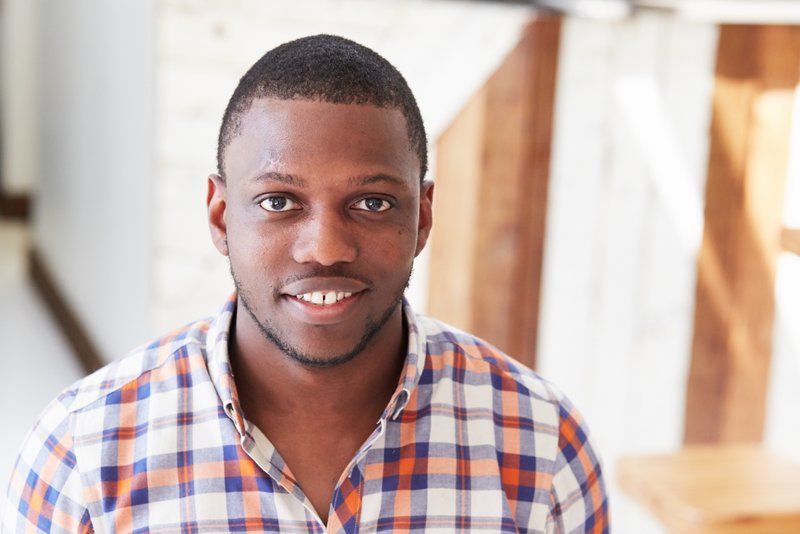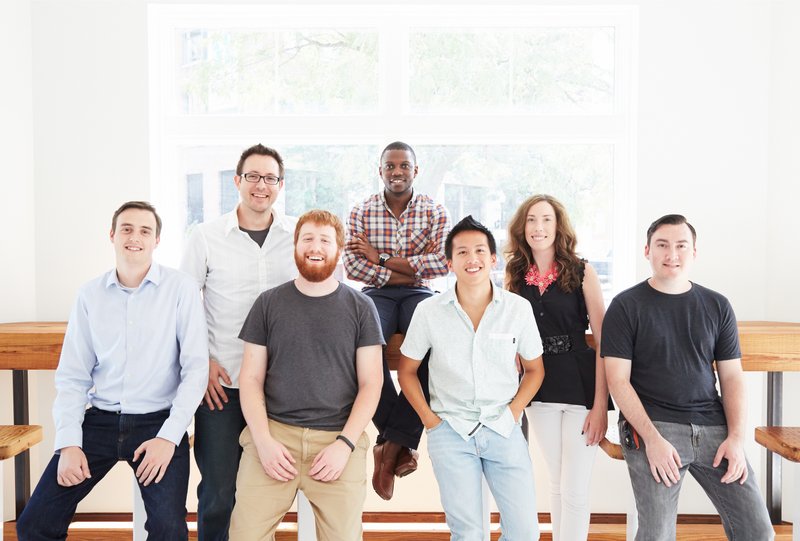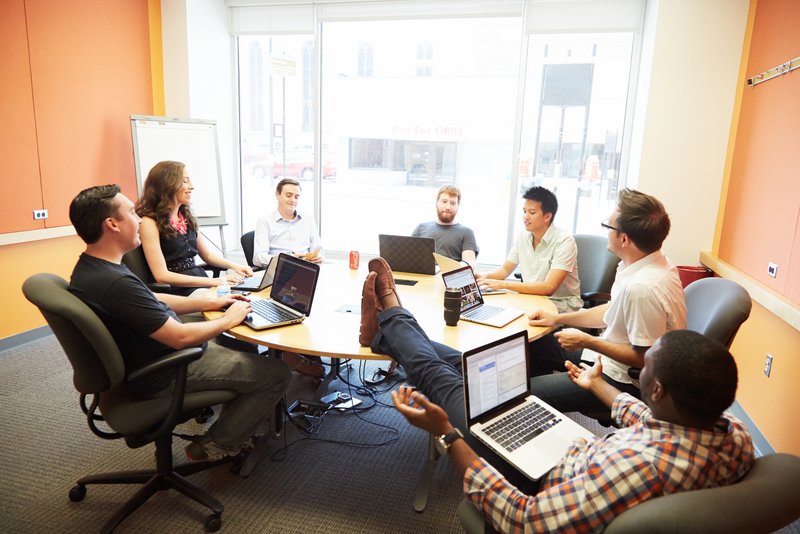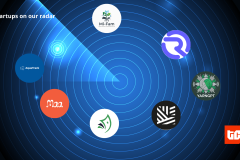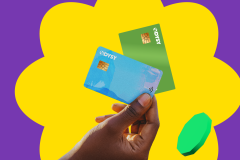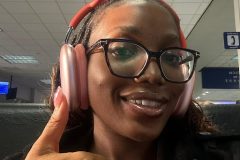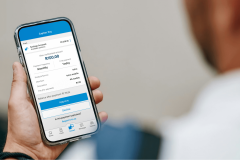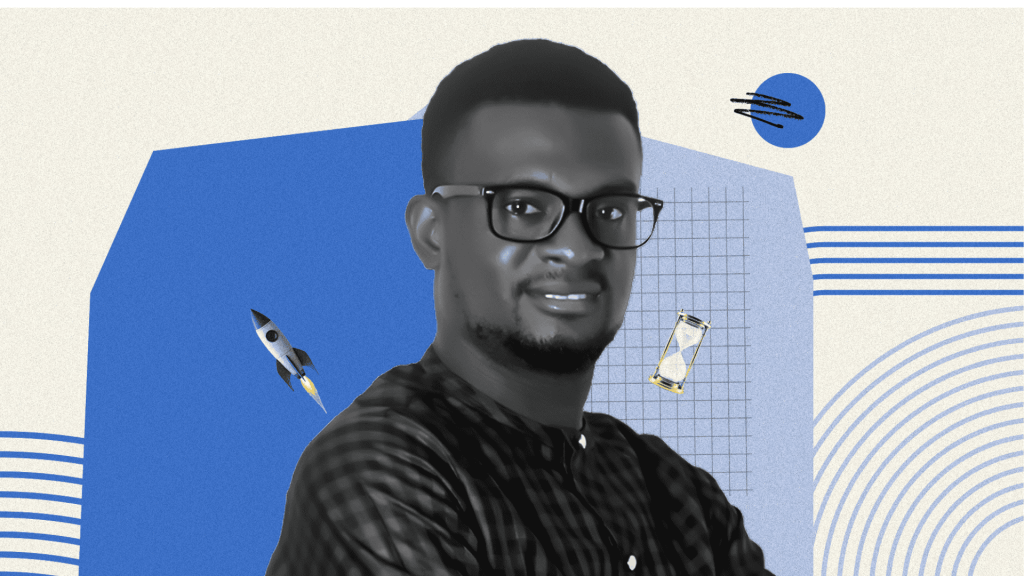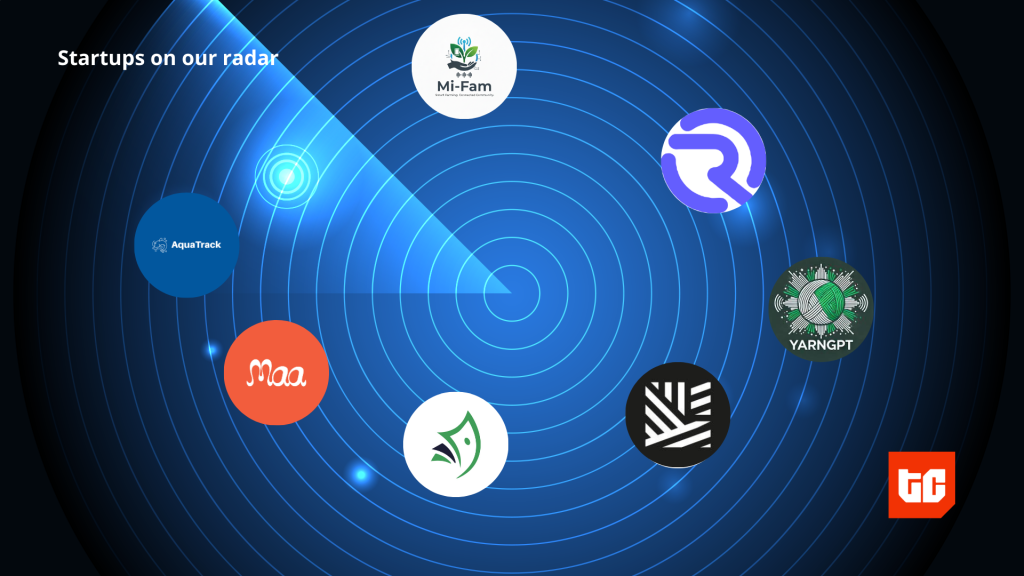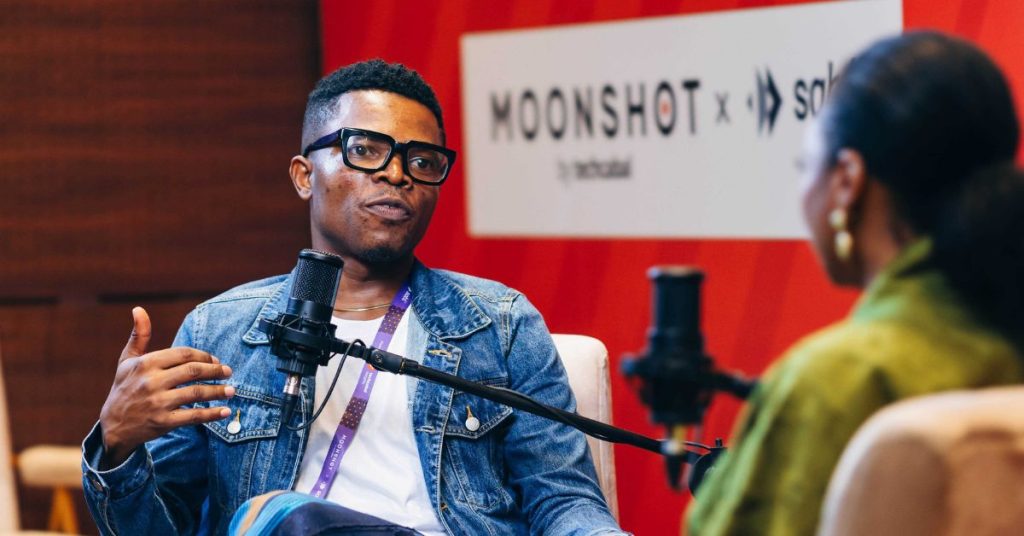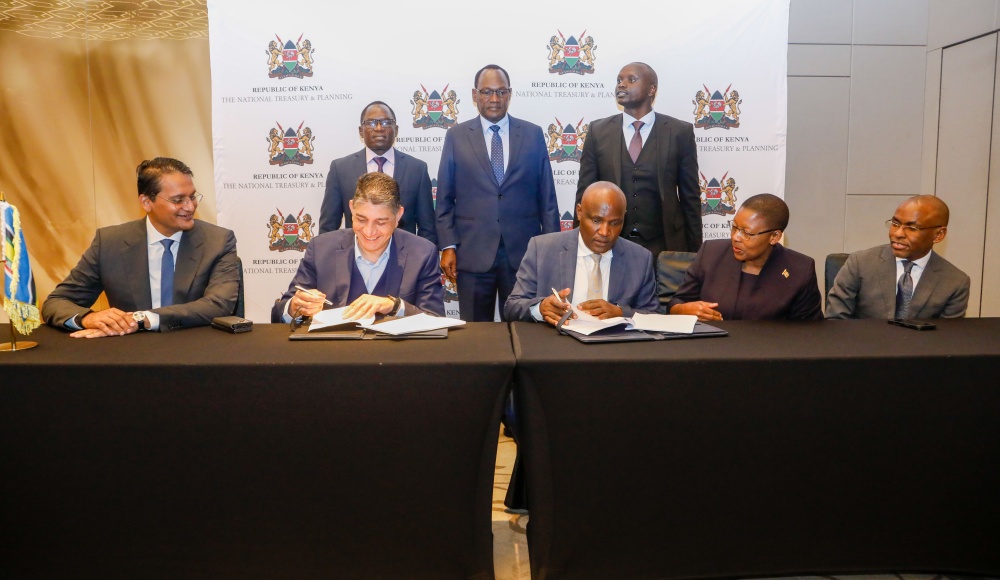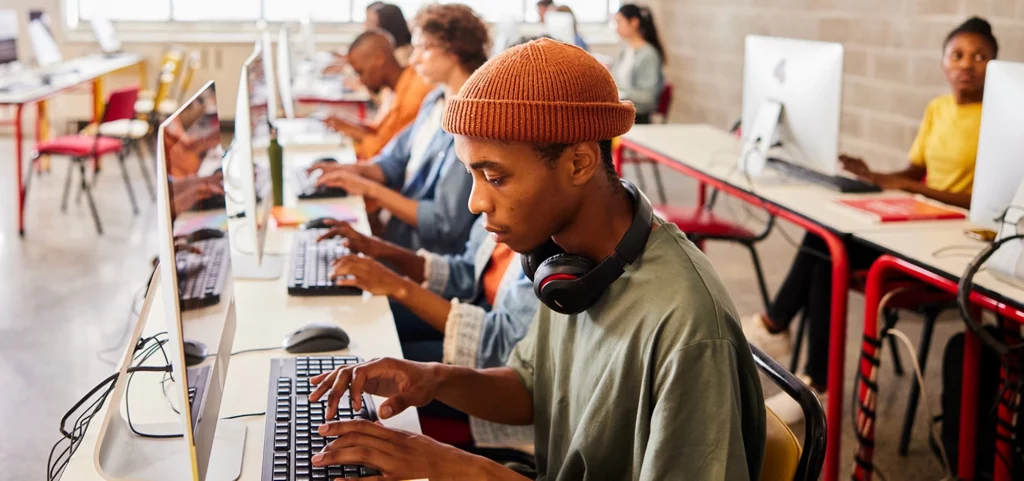When you look at the speed at which the selfie was adopted and the fact that five years later, people are still taking selfies and selfie sticks are a thing, that tells you that we have the desire not to just take amazing photos but we also want to be in them – Sam.
Sam Ulu is the Nigerian founder of Kandid.ly, a photography startup that connects people to photographers. The product connects event organizers, normal people planning a July alfresco or a just a family who wants a candid documentation of their final moments with a loved one to amateur photographers and even professional freelance photographers, at a fee, usually modest.
Kandid.ly received award for the best up and coming web tech company in Cincinnati at the Cincinnati Innovates last August. It currently has operations in five states; Cincinnati, Austin, Denver, Columbus and Detroit.
Sam sits in with TechCabal to share the Kandid.ly idea and what Aerospace engineering doesn’t have to do with Photography. (Sam has a master’s degree in Aerospace engineering).
TC: You are Nigerian, were you born here?
SU: Yes I was born in Nigeria in Owerri and I’m from Abia state. I went to Air Force Military School, Jos for secondary school then off to the states for college.
Tell us about your journey. You were headed for a surely heavy paying career in aeronautics before pivoting into tech entrepreneurship. Why did you go this way?
Haha, yes you could say that. I got my B.Sc from Florida Institute of Technology and my masters in Aerospace engineering with a focus in CFD (Computational Fluid Dynamics). My masters thesis was in optimizing jet engine designs using software. I’ve always been drawn to software and tech for as long as I can remember, I was one of those guys who always went to “computer lesson” in Nigeria back in the days. When I came to the states for college in ‘03, I followed the tech space closely and I noticed that web tech was the tool for our generation to re-imagine our world and our experiences, from Facebook to Amazon to Google to Uber…so I wanted to be part of that.
Kandid.ly is an awesome idea. Did you try anything before that? How did those go?
Yea, I was part of two startups before Kandid.ly, one failed and one successful, the funny thing is that I learnt more from the failed experience than the successful one. The first one was Radius, built back in 2010, it was a Yelp app that ran only with Facebook, so that you read reviews of local business from people you knew, hence Radius (you at the center), if there were no reviews then you could poll your friends in that city for what they think about a restaurant you were considering. This failed because it was just an incremental improvement on an existing platform, i.e. Yelp, and I was also building part of the product and outsourced other components, which taught me another lesson, you need to have a team that believe in the vision behind the product. In a startup, your whole product development can be rendered useless in two conversations and if you’re outsourcing product development, they don’t really care what you tell them to build next, as far as you can pay them.
This taught me to build a team of people who understood and believed in the vision then build the product. Following my experience with Radius, I figured I’d be better off joining another startup and learning from that experience. I joined an enterprise SaaS startup called Inno360, where we developed software the helped large companies like Procter & Gamble, General Mills, Kraft etc. connect to researchers or suppliers who had technology that they could use, through collaborations, to develop new products or improve existing products. While I was at this company, I learnt a lot about building teams, fundraising and knowing when to listen to customers rather than go with your gut. Sometimes that’s what’s needed to innovate, heck, Henry Ford once said, if he gave people what they asked for, he would have come up with a faster horse!
So Kandid.ly, Where did that come from? Share that story with us.
You know a lot of times, people tell you to start something that has a personal story, for example, if you like running and you don’t like your running shoes then do something about it and start a running shoe company. While that is a plausible approach, that is not the only approach to starting something worthwhile. Jeff Bezos did not start Amazon just to sell books online, he started Amazon to transform the way we bought and sold things online. Zuckerberg did not start Facebook so that he could keep in touch with friends and relatives online, he started Facebook because he saw an opportunity to transform the way we fundamentally connected and engaged each other socially, online. So the story goes….I did not start Kandid.ly because I’m an amateur photographer, I started kandid.ly because I saw an opportunity to fundamentally change the way our memories are captured, while improving the experience; making it more authentic. When you look at the speed at which the selfie was adopted and the fact that, 5 years later people are still taking selfies and selfie sticks are a thing, that tells you that we have the desire not to just take amazing photos but we also want to be in them and having someone else take photos while you experience it is the most authentic, pure and candid form of that experience. The marketplace is simply the vehicle that makes it possible at a cost that we can justify. I believe the future will be visual, and having a company that is the hub of authentic visual content generation is a position we want to be in.
Kandid.ly is only a few months old so this is still pretty much the early days of the venture, but share with us what the very early days were. Talking about the growth pains and lessons from running a super lean startup and how you onboarded talent.
Kandid.ly has been in the public eye for a few months, but behind the scenes, this is a project that has been on a 2-year gestation period. Technically, Kandid.ly has been around since 2012, atleast the idea, then the company in 2013 and the product in 2014. The goal is to have kandidly the business in 2015. The early days are the most challenging but also the most rewarding, you have to constantly keep the dialogue open about who you are and why you exist, while simultaneously maintaining focus on a core vision of where you’re headed. As a team, our mantra is to simply, make every day count. At this stage, you see adoption in the market, but you want it to grow enough to dispel all doubts that it’s just a fad. To present it as a viable trend that is here to stay while providing tangible value. With that said, we also learn to have fun and relax and not take ourselves too serious 🙂
When it comes to onboarding talent, we believe that the first 20 hires of the company can make or break us, so we take our time with who ever we recruit to join the team, we have a dating period where qualified candidates work with us on a part-time basis as contractors, this gives them time to get to know us and for us to get to know them, and after a set period, if the feeling is mutual, we complete the hiring process. We’re not claiming to have figured it out, this is just something that seems to work well for us from experience, our culture and practices will evolve as we grow.
Did you need to raise money to start Kandid.ly? How much and from where?
Initially we bootstrapped the company while working on v1 of the app, and once we launched a private beta and saw the adoption by users, we knew we had to raise funds and focus on it full time. We received a $20,000 grant from CincyTech for being the best up and coming tech company in the Cincinnati ecosystem, then subsequently we raised about $200k from high net worth individuals and Connetic Ventures.
What is the plan for expansion, both geographically and in your business model?
Before we can even think of expansion, adoption is all we care about. Once adoption is proven, stable and repeatable. Then the goal is to expand into key markets nationwide and eventually internationally. As for the business model, the opportunities are endless, once we can establish a foundation of image creators and image purchasers.
Images via: Sam Ulu




